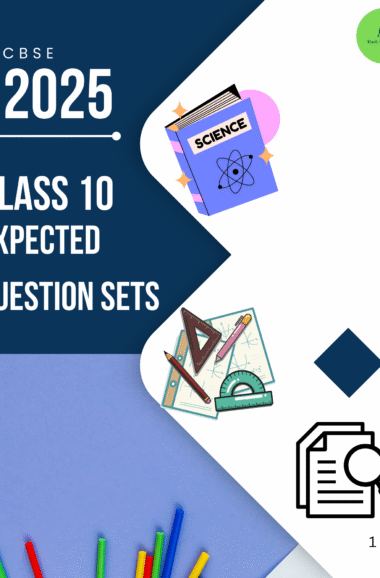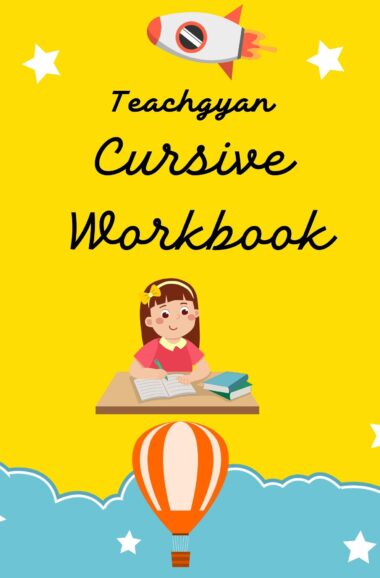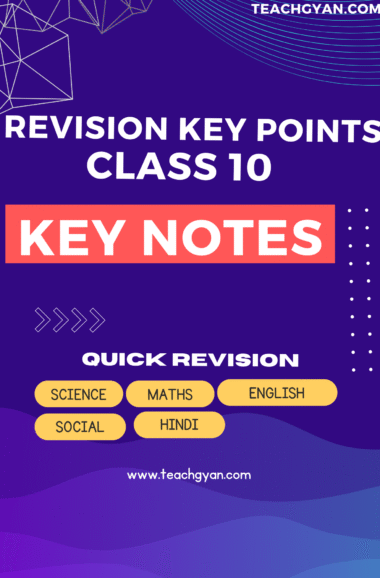A lesson plan is a structured outline or guide that teachers use to organize and deliver a specific instructional session. It serves as a roadmap for the teacher, outlining the objectives, activities, resources, and assessments necessary to achieve desired learning outcomes.
A typical lesson plan consists of several key components:
- Lesson Title: A concise and descriptive title that captures the essence of the lesson.
- Lesson Objectives: Clear and measurable statements that describe what students are expected to learn or accomplish by the end of the lesson. Objectives should be specific, achievable, relevant, and time-bound.
- Prior Knowledge: A brief overview of the prerequisite knowledge or skills that students should possess before beginning the lesson. This helps teachers assess readiness and make appropriate connections between new and existing knowledge.
- Instructional Materials: A list of the materials, resources, and tools required to facilitate the lesson. This may include textbooks, handouts, multimedia presentations, laboratory equipment, or technology.
- Lesson Activities: Sequential steps or strategies designed to engage students actively in the learning process. These activities can vary and may include lectures, discussions, group work, hands-on experiments, multimedia presentations, or problem-solving tasks.
- Differentiation and Adaptation: Strategies to accommodate diverse learner needs, such as modifications for students with disabilities, language learners, or advanced learners. This ensures that all students can access and participate in the lesson effectively.
- Assessment and Evaluation: Methods to assess students’ understanding and progress during and at the end of the lesson. This may involve formative assessments (e.g., quizzes, discussions, observations) and summative assessments (e.g., tests, projects) to gauge learning outcomes.
- Closure: A summary or reflection that wraps up the lesson, reinforces key concepts, and connects them to future learning. It may include a brief discussion or question-and-answer session to clarify any lingering doubts.
- Extensions and Homework: Optional activities or assignments that extend the learning beyond the classroom. These can include additional readings, research projects, or creative tasks.
Lesson plans provide structure, coherence, and consistency in teaching. They help teachers stay organized, ensure alignment with curriculum standards, and promote effective student learning. While lesson plans vary in format and level of detail, their purpose remains the same: to guide educators in delivering engaging and impactful lessons.
Lesson plan format
- Engage:
- Start the lesson by capturing students’ attention and activating their prior knowledge related to the topic.
- Use an engaging hook, a thought-provoking question, or a multimedia presentation to generate curiosity and stimulate discussion.
- Explore:
- Provide opportunities for students to explore the topic or concept through hands-on activities, experiments, or interactive discussions.
- Encourage students to ask questions, make observations, and gather data to develop their understanding of the topic.
- Explain:
- Introduce the key concepts and provide clear explanations of the topic.
- Use visual aids, models, and real-life examples to support students’ comprehension.
- Address any misconceptions and clarify any confusing points to ensure a solid understanding.
- Elaborate:
- Provide additional activities or tasks that allow students to apply their understanding in different contexts.
- Foster critical thinking, problem-solving, and creativity through open-ended questions or project-based assignments.
- Encourage students to make connections between the new knowledge and their prior learning.
- Evaluate:
- Assess students’ learning through various methods, such as quizzes, discussions, presentations, or project evaluations.
- Provide feedback to students, recognizing their strengths and offering suggestions for improvement.
- Reflect on the effectiveness of the lesson and make adjustments for future teaching.
Remember to adapt this format to suit your specific subject, grade level, and teaching style. The 5E lesson plan format provides a structured framework that promotes active engagement, inquiry, and deeper understanding among students.






It’s a appropriate lesson plan